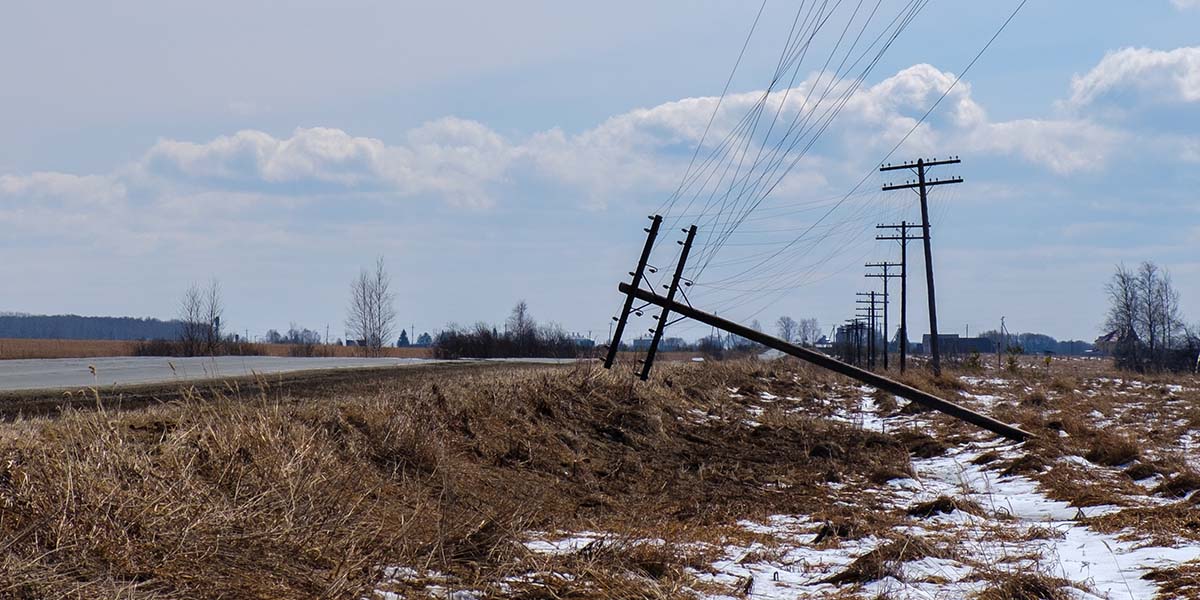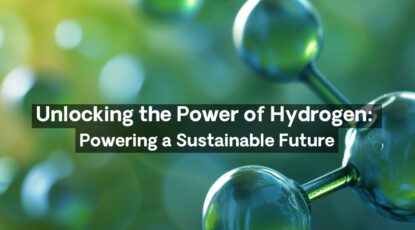An Increased Need for Resilient Power
In August 2020, California – and the world – was in the middle of a protracted fight to mitigate a pandemic that showed no signs of abating. August also delivered to the state another challenge: soaring temperatures that threatened the integrity of its power grid. In the end, 400,000 Californians lost power for multiple days. These blackouts are no longer isolated events. Planned and unplanned power outages are now commonplace, expected on a yearly basis and can be caused by any number of extreme weather events. Heat, high winds, drought, wildfires and earthquakes all impact California’s fragile power grid.
The threat of rolling blackouts and public safety power shutoffs (PSPS) are only two examples of impacts of extreme weather events increasingly wreaking havoc around the world. In the United States, extreme weather caused nearly 70 percent more power outages from 2010-2019 than the previous decade. There are many reasons why power grids struggle through these extreme weather events, but the impact on communities is clear: there are economic, health and safety implications when power becomes intermittent or is lost altogether. To meet these challenges, communities need to have resiliency.
Power resiliency is the ability to protect our precious energy supply during extreme weather and outage events. In times of extreme weather or natural disasters, access to reliable and resilient power is needed more than ever. Reliable power keeps us connected, powering the cell phones and networks that enable us to reach loved ones and seek emergency services. Reliable power keeps us stocked, allowing us to get food, water, and other essentials from our local stores. Reliable power keeps us mobile, charging our vehicles. Reliable power keeps us safe, cooling our homes during extreme heat and heating our home during winter storms.
The issue of extreme weather and power resiliency has been addressed by the State of California. On July 30, 2021, Governor Newsom issued an emergency proclamation that underscored the risk of outages for the state’s power grid. Droughts that reduce available power supply from hydro power, extreme heat events, seasonable drops in renewables, and interruption of transmission lines from wildfires all threaten the integrity of the grid. The proclamation suspended certain permitting requirements to allow greater energy production and created incentives for large energy users to implement back-up power generation to free-up grid capacity.
High winds, earthquakes, utility outages, and severe weather are not bound by geography or borders. Experts expect a further rise in severe storms, droughts and wildfires due to climate change. For example, in addition to the rolling blackouts in California, during the same month last year, 1.9 million people lost power across the Midwest due to a severe storm. These extreme weather events are happening everywhere throughout the year. These extreme weather events are happening everywhere throughout the year.
#Drecho Storm Summary.
Max customers out at one time: 1.4 million
Total customers Affected: Over 1.9 Million
759k in #Illinois
585k in #Iowa
283k in #Indiana
345k in other states
Source: https://t.co/8cAFt3zGJe pic.twitter.com/KUv6ZaZ7TD— PowerOutage.us (@PowerOutage_us) August 13, 2020
Resiliency Through Bloom
Extreme weather is top of mind for Bloom. Our founder, chairman, and CEO, even penned an Op-Ed in the Wall Street Journal following the aftermath of Winter Storm Uri in Texas. Our microgrids are synonymous with resiliency. Bloom recognizes that extreme weather is unpredictable, especially as many of our employees, families and neighbors have witnessed the impacts of California’s frequent power outages firsthand. I personally went without power for two days during a PSPS outage related to high heat and high winds. We recognize the value in providing a resilient and reliable power solution in our communities’ most challenging moments and are ready to serve.
Our perspective is clear: resilient power reduces risk. Bloom’s solid oxide fuel cells are a better technology for clean, resilient power. Not only do they deliver the mission critical benefit of unparalleled resiliency, they do it without compromising on clean power. Since fuel cells are a non-combustion technology, they reduce carbon emissions and nearly eliminate smog-forming pollution and particulate matter that negatively impact air quality. No matter how you look at the potential tradeoffs, fuel cells are the energy solution to solve the challenges of today and tomorrow.
Over the years, Bloom has embodied resilience, delivering for its customers time and time again during stretches of extreme weather.
Bloom Energy Servers withstanding Category 3 hurricane winds
Bloom is a trusted partner in providing microgrid solutions, ensuring businesses and communities have uninterrupted 24/7 power. Our unique on-site power generation systems produce power where it’s needed, so our customers avoid the threat of power disruptions while benefitting from clean and affordable electricity. Bloom’s microgrids, always-on power solutions, have protected customers from thousands of outage events.
With the challenges we’re facing as a global community, it’s more critical than ever that we address both the causes and consequences of climate change. We believe that creating more resilient businesses and communities are one of the best ways to support and protect our communities in the face of extreme weather and must be accomplished while reducing emissions that contribute to our changing climate.
Stay tuned for our next blog in the series where we’ll dive into greater depth about how we provide resiliency to all kinds of businesses from grocery stores to data centers, manufacturing facilities to corporate headquarters.



